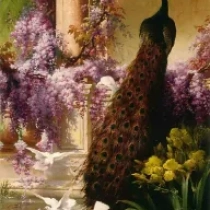 realism
realism
Description Eugene Bidau
Eugene Bidau is a figure who, though not widely recognized in the mainstream narrative of art history, possesses a repertoire that resonates with the finesse and intricacy of the 19th-century European art movements. His work, while it may draw from the wellspring of Impressionism with its light-dappled surfaces, also carries an undercurrent of the meticulous detail associated with earlier traditions such as the Dutch Golden Age.
Bidau's artistry could be characterized by a fascination with the natural world, echoing the sentiments of the Pre-Raphaelites in its truthful depiction of nature. Each of his canvases would be a celebration of the vibrant yet transient beauty found in gardens, meadows, and the countryside. His brushwork, while delicate and considered, would dance across the surface with a vivacity that brings each scene to life, much like the flutter of butterfly wings, a subject he might have found endlessly enchanting.
If we conjure an image of Bidau’s signature piece, it might be a tableau brimming with florals and fauna, a microcosm where each petal and leaf is rendered with scientific accuracy yet artistic poetry. His palette would be rich and varied, a testament to his understanding of color as both an emotional and a compositional tool. The hues he chose would speak not only of the subject at hand but also of the mood he wished to convey.
In creating a unique narrative for Bidau, one might imagine him as a quiet observer of life's small wonders, a painter for whom the act of creation was an act of reverence for nature's splendors. His works would not merely capture the visual splendor of the environment but also whisper of the rhythms and cycles within it—the budding and wilting of flowers, the ebb and flow of seasons.
Bidau’s compositions, often infused with a sense of serenity and contemplation, might suggest his desire to transcend the tumult of the industrial age, finding solace in the timeless. His paintings, then, become not just art but sanctuaries, spaces where one can retreat from the clamor of modern existence.
A painting by Eugene Bidau would be more than a visual pleasure; it would be an invitation to pause and reflect, to lose oneself in the quiet majesty of the natural world. With a legacy perhaps encapsulated by a series of works that celebrate the nuanced beauty of a garden in bloom, Bidau's name, though spoken softly in the corridors of art history, would resonate deeply with those who find joy in the delicate interplay of light, color, and form.


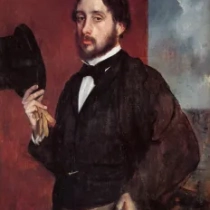


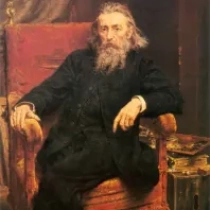

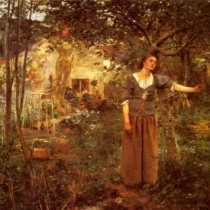

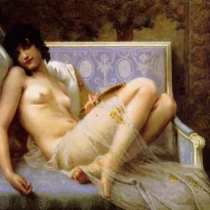



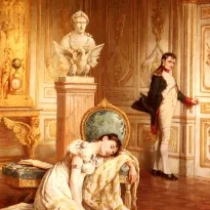
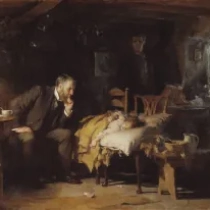


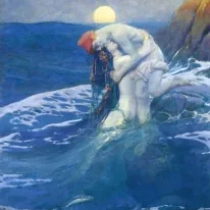




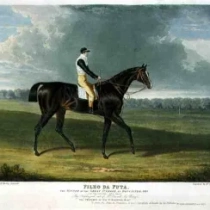
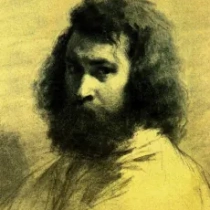





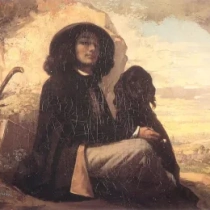











No Comments Yet...